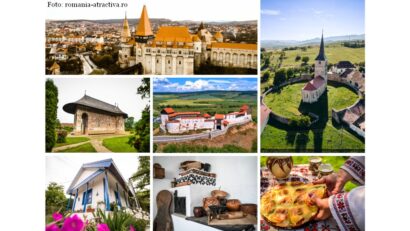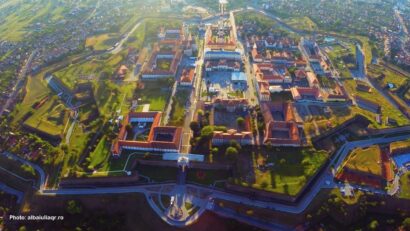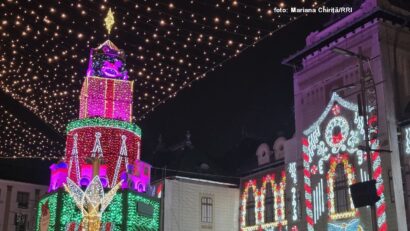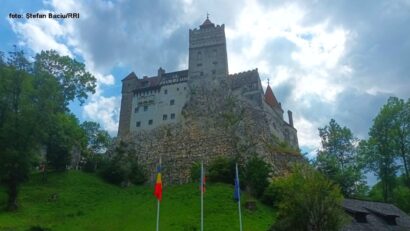Retracing the Roots of Constantin Brancusi
Our destination today is in south-western Romania, the early home of famous sculptor Constantin Brancusi.
Daniela Budu, 24.08.2017, 01:00
Our destination today is in south-western Romania, at the foot of the Carpathians, on the banks of the Jiu River. The village of Hobita is the place where the Romanian artist Constantin Brancusi was born on February 19th, 1876. According to the latest census carried out in the commune that the village of Hobita is part of, Pestisani is now home to some 3,700 people. The new mayor of the commune Cosmin Pigui says that he started his term in office by running several cultural projects relating to Brancusi. Such projects, the mayor says, must be properly correlated with investments and activities that promote the tourist potential of the area.
Cosmin Pigui: Brancusi is ours and that means we are extremely rich. Unfortunately, nothing much has been done in the commune of Pestisani to capitalize on this wealth, so we first need some serious infrastructure. We do benefit from the support of the county council and of the member of parliament that represent Gorj County. I believe that this year we will be able to start the building of the Hobita park. Also, we will pave with asphalt the road to the Constantin Brancusi memorial house. We also intend to include in the tourist circuit the school that Brancusi went to as a child, the village where his mother, Maria Diaconescu, was born, but also to promote the entire area, the other communes around. This is the place where the great Romanian sculptor was born, who left us a priceless legacy, in particular the Heroes’ Path ensemble in Targu Jiu. Also, I hope we will get some funding for Pestera Cioarei (Crow’s Cave) in Pestisani.
Pestera Cioarei (Crow’s Cave) in the village of Borosteni is an important place, because it is the cave where one of the oldest settlements in Europe was found. Archaeological diggings have been conducted there ever since 1955. Here is the mayor of Pestisani again:
The oldest human bones have been found in this cave, 120,000 year old. Also, archaeologists have found 50,000 year old adornments. Neanderthals did wear adornments, and such adornments were found in Pestisani. There are many things here and we can really do something special for our tourist infrastructure and develop the area, while at the same time promoting Brancusi. In the coming future I would like to organize a camping area here, for caravan trailers, and I have asked for the County Council’s support. We would like to have Hobita and Pestisani visible on the map of Romania, and every tourist who comes to us must be sure they can find here all the necessary conditions to have a good time and enjoy the surroundings. People have applied for funding to build guest houses. Currently there are some 40 rooms available, but in 2-3 years there will be 100.
In Hobita, you will meet curator Doina Pana, who tells tourists about Constantin Brancusi and unknown events from his life:
When he was in the third grade, he carved his name on his desk at school using a Swiss knife. He was punished by his teacher and locked in a hen house used for keeping rowdy children in isolation. He got upset and didn’t want to go back to school, so his mom had to take him to a different school in a nearby village. His father died when he was 9 years old. First, he started working in a small restaurant at the back of the train station. After two years, he got hired as a waiter in a bigger restaurant close to the centre of Craiova. One evening when he was 17 years old he made a wager with the restaurant owner and the clients that he can make a violin. He got hold of a small box used for keeping marmalade, boiled the wood, sculpted the violin and the restaurant owner brought in a fiddler to try on the instrument. The fiddler played it and said it was better than his own violin.
In Targiu Jiu, tourists can visit the famous monumental ensemble The Heroes’ Path. The route starts with the Gate of the Kiss, a space believed to make the transition to a different world. The pillars of the gate feature the motif of the kiss, which can also take the form of an eye. This is one of Brancusi’s most important works. Further up visitors will find the Alley of the Chairs, which basically marks the path leading up to the Table of Silence, a peasant table. It appears, however, that Brancusi also saw it as the table before confrontation, before combatants go into battle and become heroes. These works in stone are very popular with tourists. Last but not least, visitors will find here the Endless Column, a genuine artistic testament of the great sculptor.
This is a monument dedicated to heroes, just like the entire ensemble, says Oana Palos, a spokeswoman for the Gorj County Council:
This is a very important tourist destination. The monumental ensemble of the Heroes’ Path, the work of the great sculptor Constantin Brancusi, is a landmark of the city of Targu Jiu. Targu Jiu and the Gorj county are part of city break tourist packages. Gorj county has a busy cultural agenda, with many cultural events that help promote tourism in the area. Visitors can enjoy the beauty of the landscape in Gorj and the local cuisine and take part in the activities held every year in Gorj. Summer, for example, is given over to folklore. One such event is the International Folklore Festival held every August, which attracts many participants from abroad. The festival lasts a few days and during this time the streets in the city host a parade of traditional costumes from different countries. In August and September we run a cultural programme dedicated to Brancusi’s legacy which has grown from one edition to the next to become an international success.
Whether you stay in an agritourist guesthouse, in Targu Jiu or in the countryside, you should also make sure you visit the famous monasteries of Gorj, which we will talk about in one of our next travel programmes.

